MO’s study confirms the impact of art on children’s emotional literacy
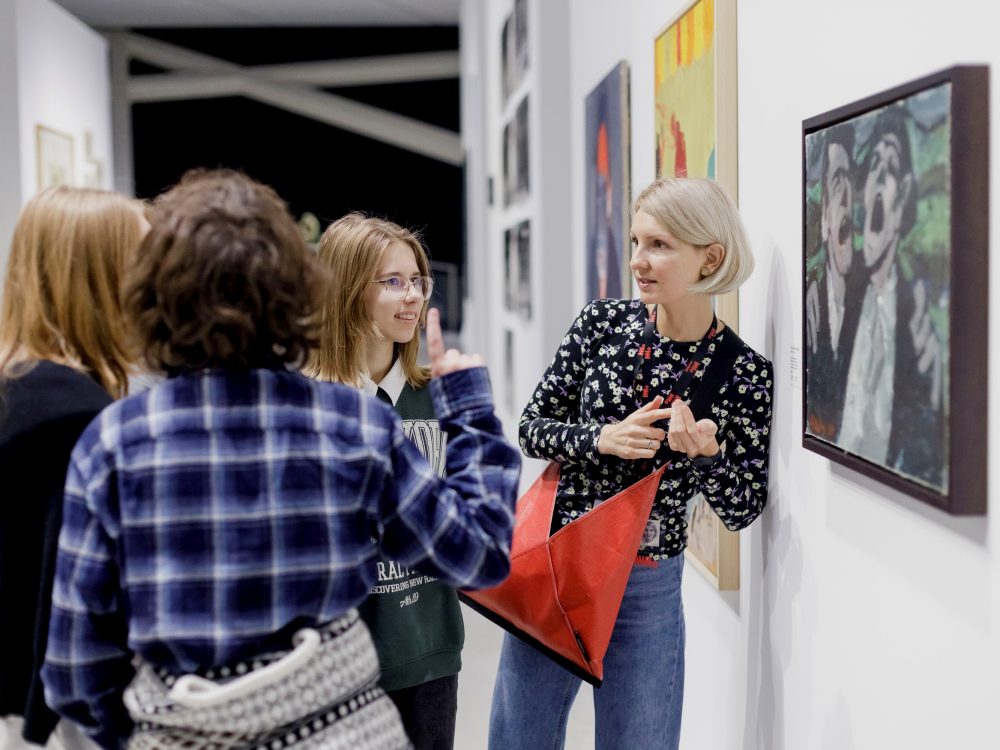
The study “Improving Emotional Literacy through Art Interventions”, initiated by the MO Museum and carried out in collaboration with the Integrative Neuroscience Association (INA), has confirmed that students’ emotional literacy, as measured by the Emotional Awareness Questionnaire (EAQ) scale, has improved in just four educational sessions.
This is the first research study in Lithuania to demonstrate the positive impact of art interventions on students’ emotional literacy through the MO Museum’s emotional literacy education programme. The project was funded by the National Health Insurance Fund under the Ministry of Health.
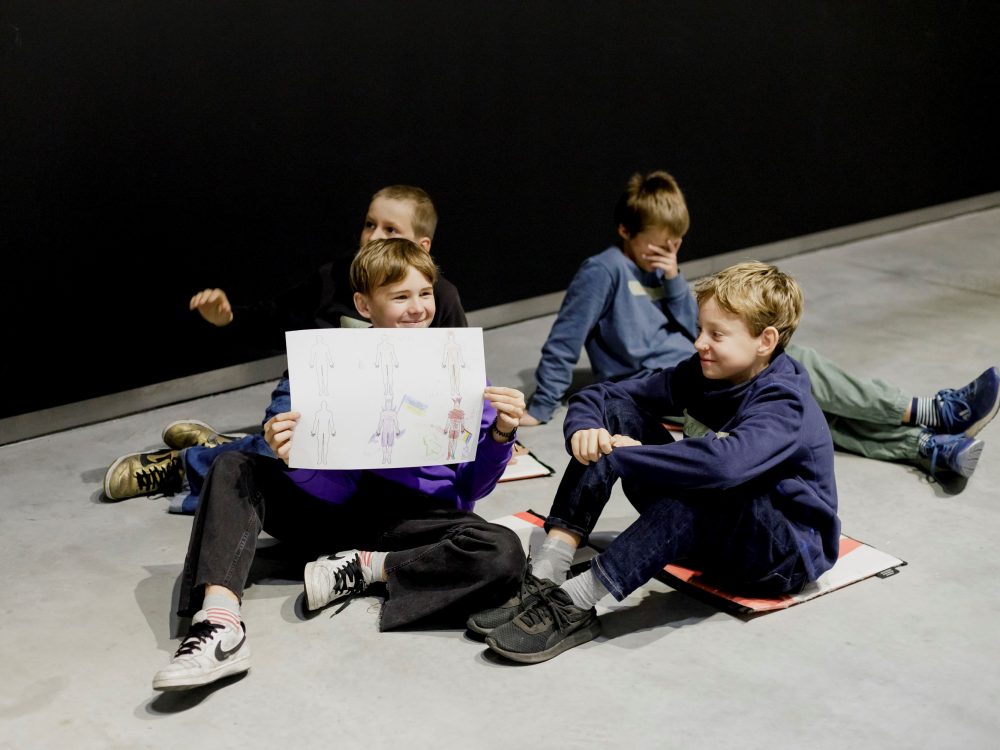
Researchers recognize that emotional literacy – the ability to recognize, discriminate, control, and express one’s own and others’ emotions – is the foundation for good mental health and future success. A recent systematic review of research shows that children with better emotional and social competencies get better grades, are less likely to be bullied, and as adults are more likely to be in leadership positions, more successful at work, more satisfied with their interpersonal relationships, and have better stress tolerance.
Since its opening in 2018, the MO Museum has been focusing on the development of children’s emotional intelligence: together with the „Paramos vaikams centras“ (Children’s Support Centre), led by Aušra Kurienė, education for emotional intelligence has been developed and is being further taught and developed by MO educators.

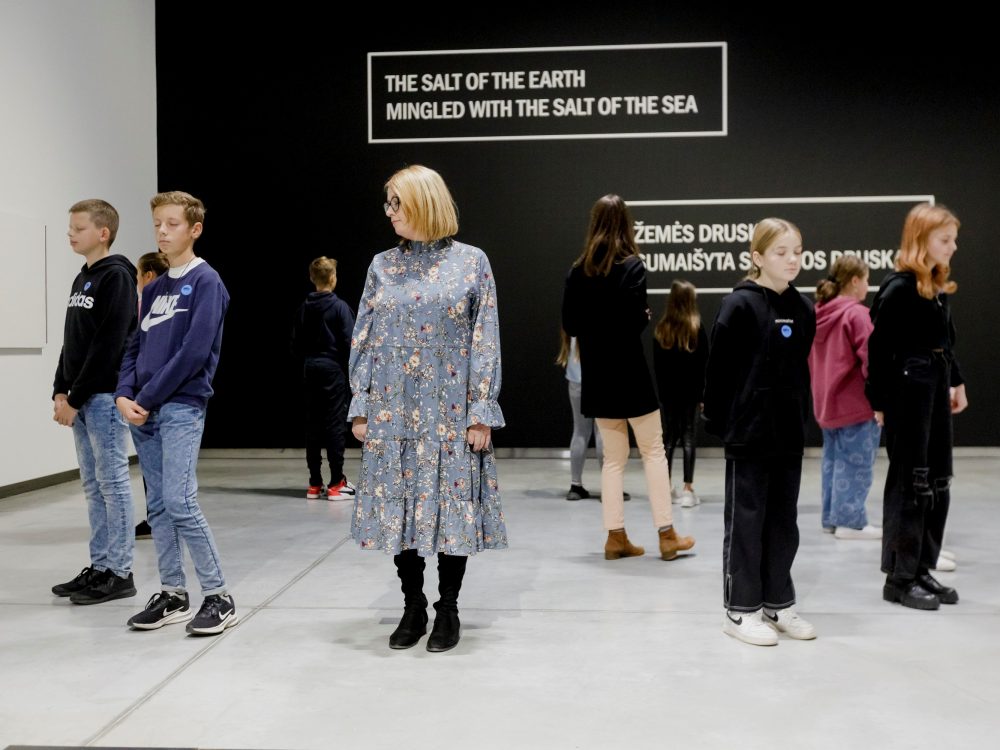
“Global curricula have identified a lack of alternative and effective ways to help develop students’ emotional literacy. Art can be an important part of emotional identity, and museums can be an excellent environment for developing emotional and social competencies,” says Milda Ivanauskienė, Director of the MO. – We are proud that the first scientific study in Lithuania to substantiate the impact of art on children’s emotional literacy has been carried out at the MO Museum, a place where we have been talking about it since the opening and organizing activities for children and young people of all ages to develop emotional intelligence.”

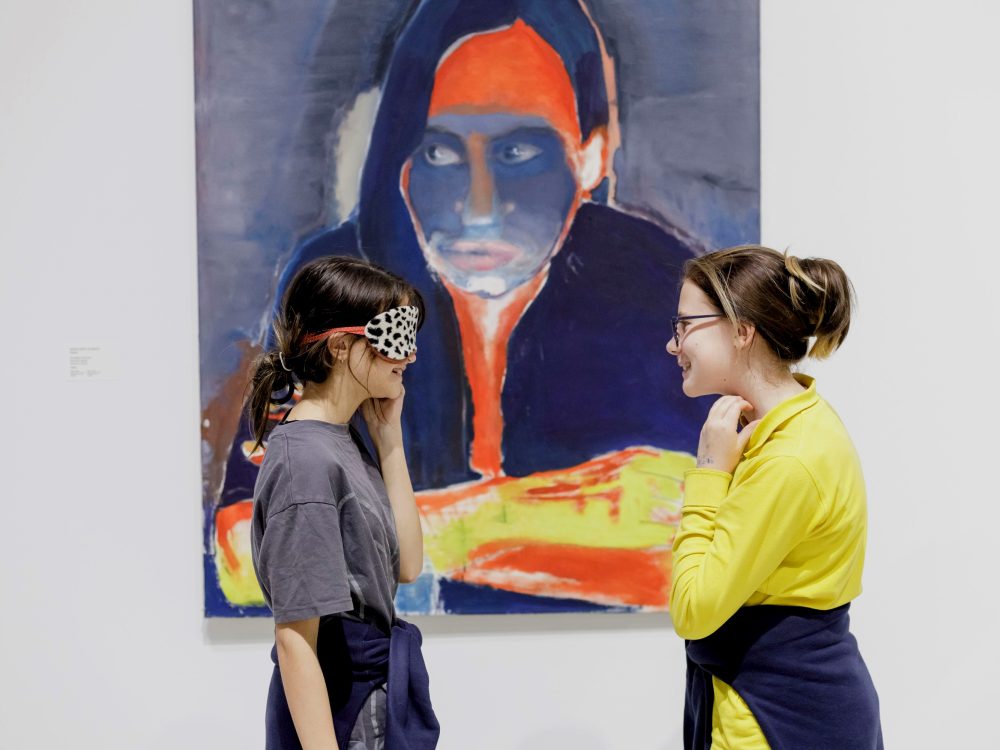
Is emotional literacy innate or can it be acquired?

Emilė Radytė, a neuroscientist, Harvard graduate and founder of INA, pointed out that 58–68 % of emotional literacy skills can be explained by environmental factors, which means that emotional literacy is a learned competence rather than an innate trait, and it can be developed over the course of life. Thus, a significant part of emotional literacy is modifiable, which is where it is important to focus the development of emotional literacy education, interventions, and research. In the project, the MO educational programme was developed focusing on the modifiable parts of emotional literacy – emotion recognition, expression, and social skills.
Eglė Padaigaitė, the PhD student in Psychiatry and Clinical Neuroscience, INA member, speaking about the age group chosen for the study – 11–14 year olds – stressed that adolescence is a particularly sensitive period of emotional development, when mood swings and emotion regulation may become more frequent. This age is therefore a particularly relevant and important period for emotional literacy and social competence interventions, as the adolescent brain is highly plastic. This helps to successfully consolidate these changes in emotional literacy and competencies for the future.
Research progress at the MO Museum
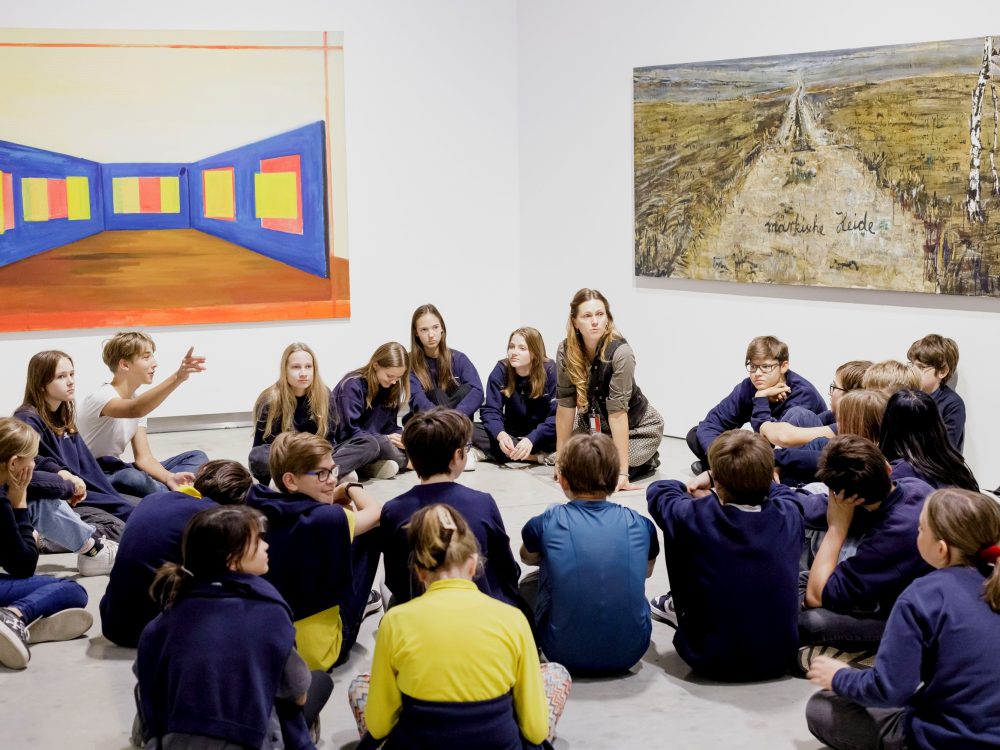
Jurgita Zigmantė, Head of Education at the MO Museum, also points out that the national goals of School 2030 strongly emphasize the importance of social–emotional competencies for a child’s full development. Therefore, the educational programme developed by the MO Museum for the study aimed to develop the three competencies identified by School 2030: (1) recognizing and naming one’s own emotions; (2) recognizing and responding to other people’s emotions; and (3) communicative skills for improving communication. According to Jurga Zigmantė, this is not the first project in which INA has collaborated with the MO Museum, but it is the first one in which the collaboration had taken place from the very beginning of the project when a common goal was found between the two teams – the desire to apply science-based interventions in the context of art education in order to develop emotional literacy.
The aim of the study was therefore to investigate whether art-based education can be a successful way for 5–8 y. o. students to develop emotional and social competencies and to raise the level of emotional literacy of students. Neuroscientist E. Radytė says that during the project, a group of INA neuroscientists worked closely with MO educators, sharing their knowledge about emotional intelligence, its development, and ways to measure it.

“INA researchers have developed a research protocol to effectively assess the importance of education for students in grades 5–8. Throughout the project, there was active consultation and sharing of experiences between INA and the MO,” says E. Radytė. – The research protocol was implemented during the MO educators’ sessions.”
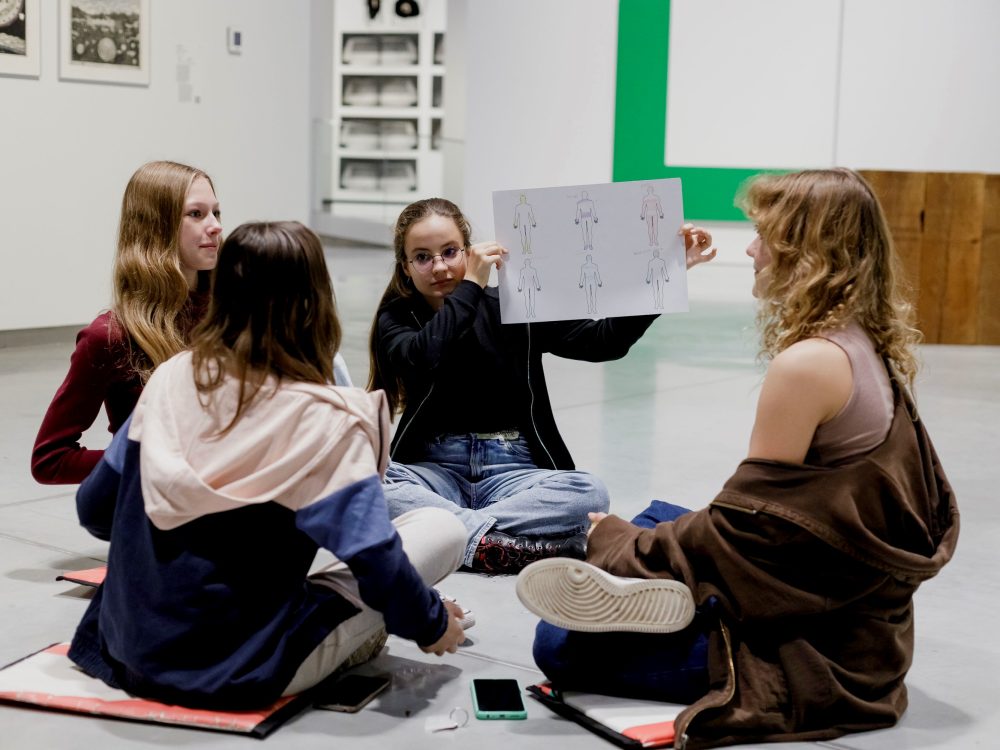
How did it go?

The students took part in four different MO education sessions aimed at developing emotional literacy in an art museum environment. The aim of the first session was to learn about emotions, how to recognize them and how to distinguish them from each other. In the second session, students explored where and how emotions are felt in the body and explored what emotions “mean” and why they arise. In the third session, students learned to show and share what they were feeling and also had to do homework: to take care of something and do a good deed and to explore the emotions that arose. In the fourth session, the students practiced how to look for and recognize the emotion another person is feeling and discussed all the activities and their results.
According to the researchers, what was particularly striking about the project was the fact that the students were highly engaged in the tasks, which is quite difficult to achieve in this target group, and that the effect was undeniable after only four sessions. This encourages further work in this direction.
Study shows that education is meaningful for all participants
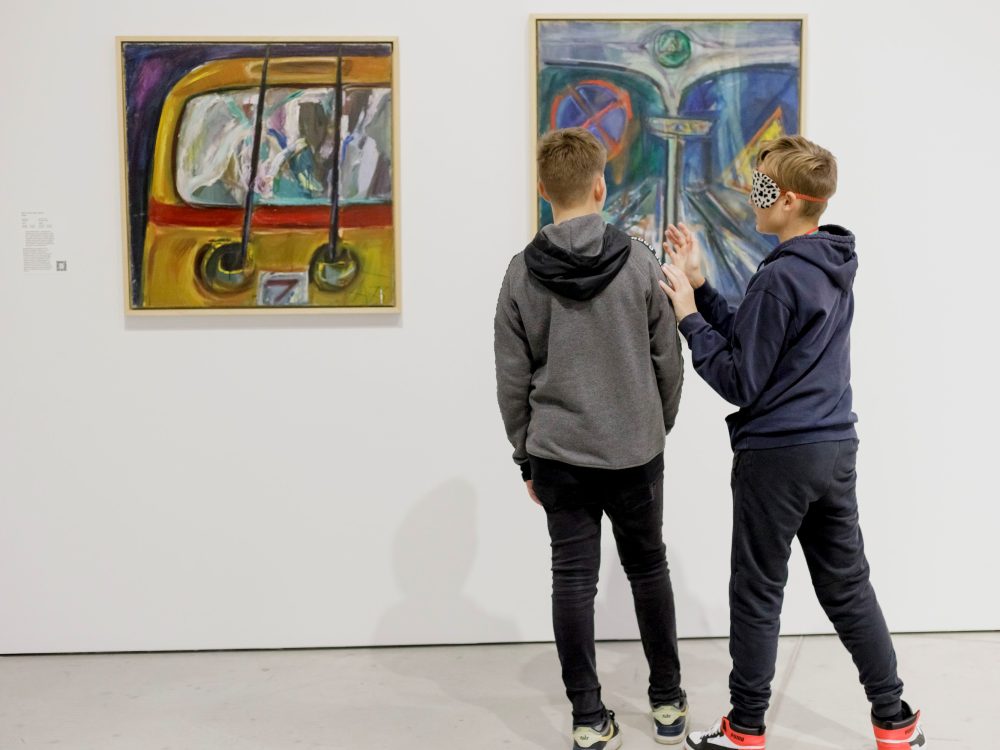
At the end of the project and after data analysis, it was found that the education programme had a statistically significant positive impact on all participants in general and that its impact was particularly pronounced among teenage boys.
Children who participated in the project shared their impressions: “I have learned more emotions – now I can recognize them”; “I have learned that fear is a valuable emotion”; “I didn’t know you could feel so many emotions”. Participants also indicated that they had learned about the relationship between emotions and the body during the education sessions – that we feel and recognize emotions in the body: “What I remembered most was that emotions are not only in the head and that emotions change the way the body behaves”; “It is easier to understand my own and others’ feelings”.
The project concluded that the importance of such education for emotional literacy is valid, innovative on a global scale, and worthy of further development and expansion to achieve the national School 2030 goals.

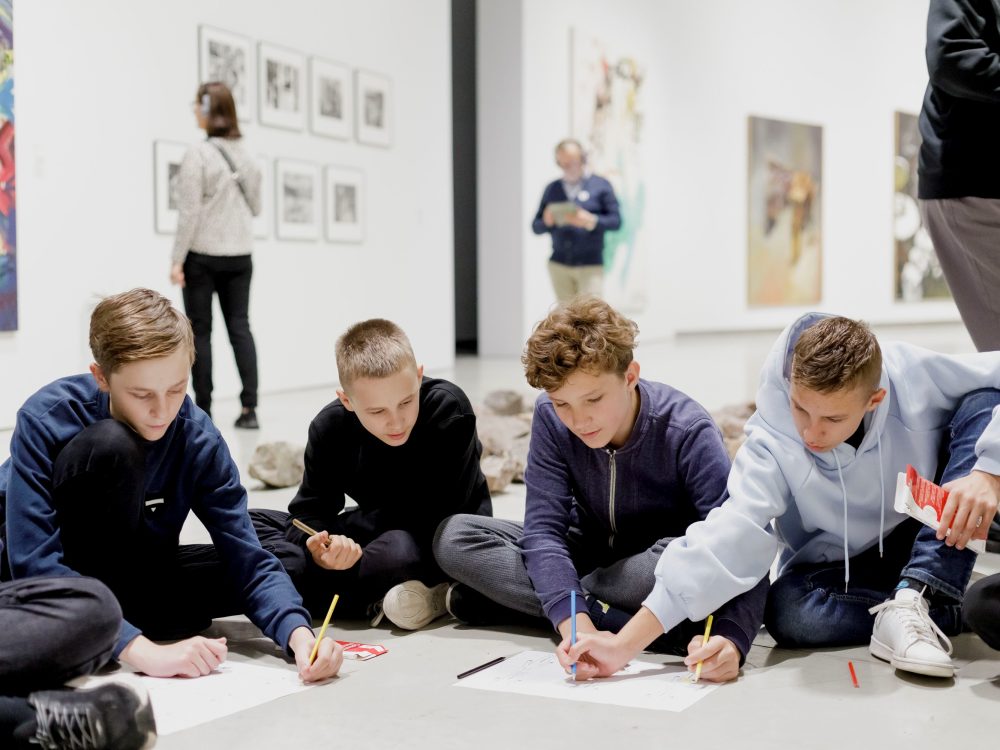

Based on the research study “Improving Emotional Literacy through Art Interventions”. The project was carried out in August–November 2022 with students from schools in Vilnius and Vilnius district at the MO Museum and schools.
Project Implementers:
– INA researchers: Emilė Radytė, Eglė Padaigaitė, Liucija Vaicenavičiūtė, Deimantė Kavaliauskaitė.
– MO educators: Simona Košinskaitė, Laura Zabilienė, Deimantė Čečienė, Dalia Mečkauskaitė, Ilona Ežerinytė, Sandra Zubielaitė, Evelina Jokštė, Miglė Kuolaitė-Jurgelionienė.
– Consultant – Aistė Jasaitytė.